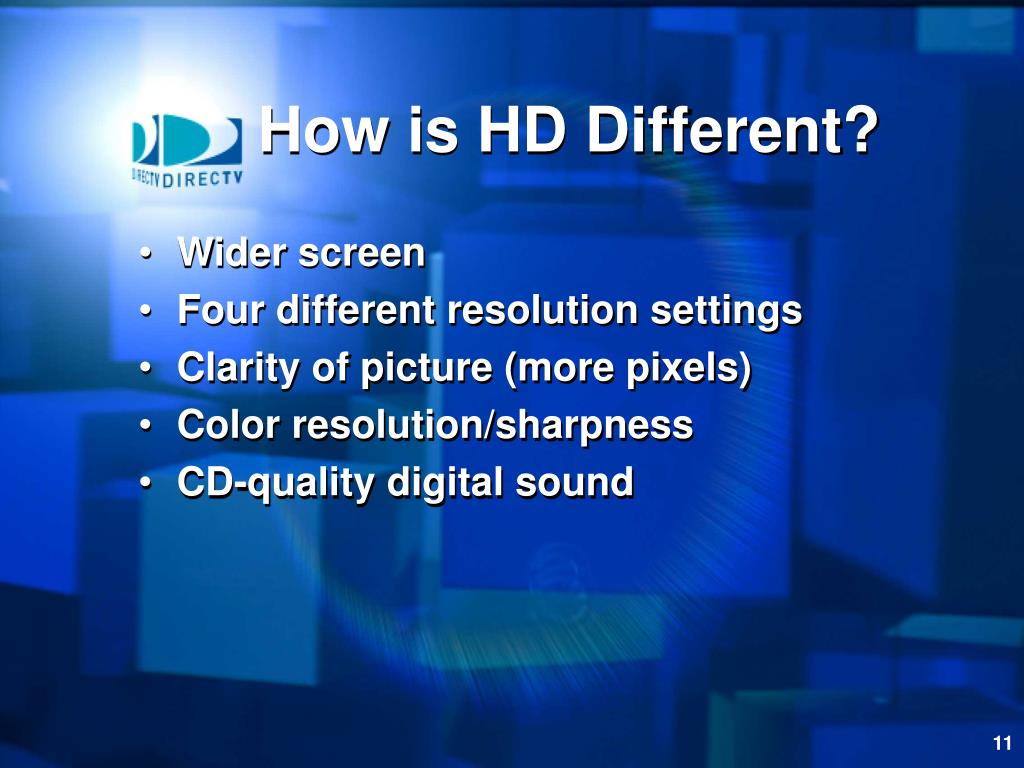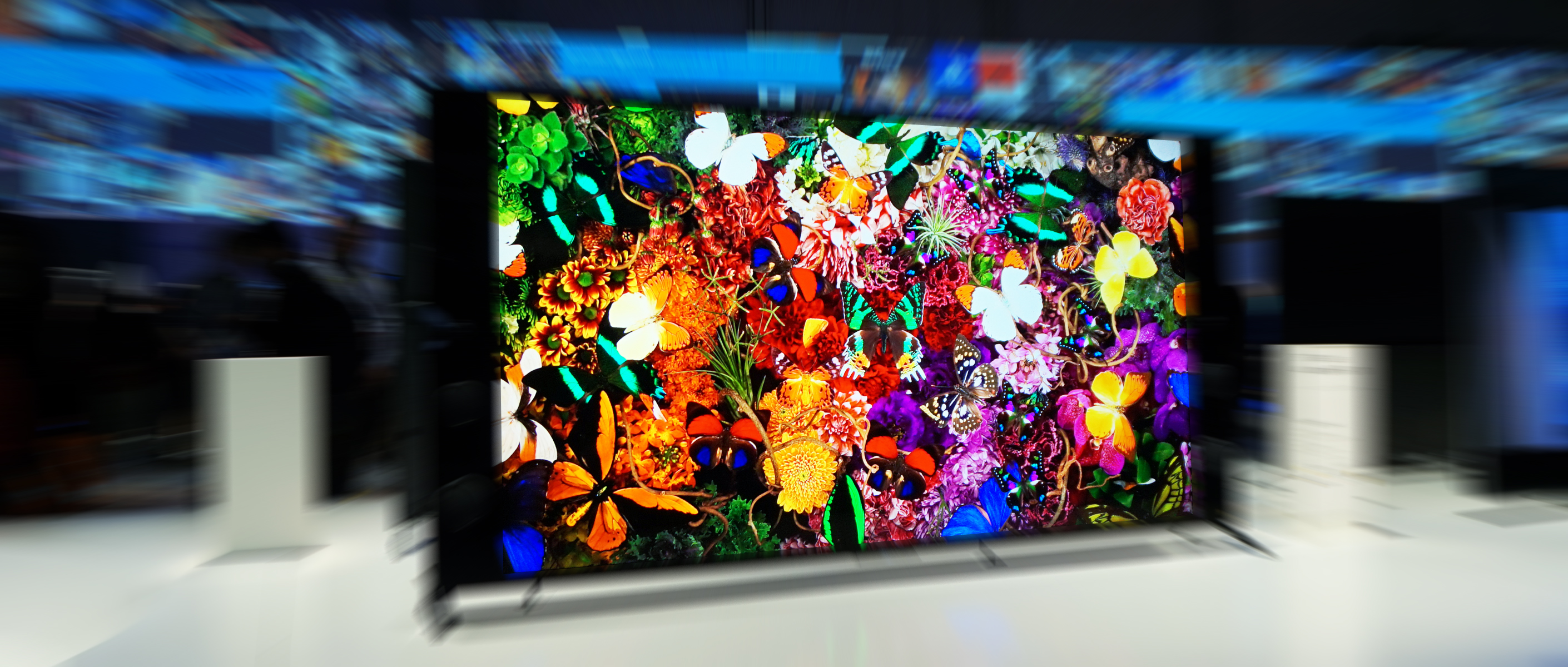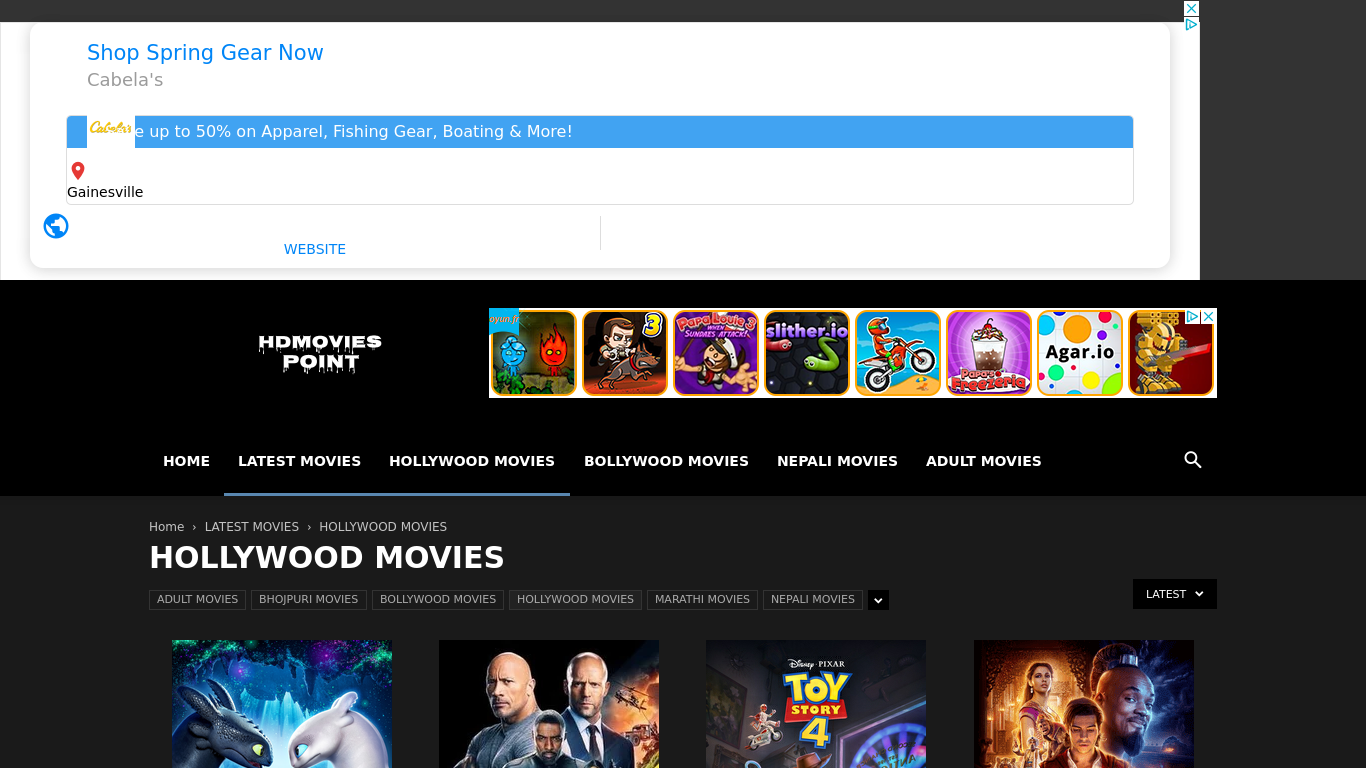All About HD Point: The Ultimate Guide To High-Definition Technology
Let’s cut straight to the chase, folks—high-definition technology is not just a buzzword anymore; it’s an essential part of our daily lives. Whether you’re binge-watching your favorite Netflix series or taking crystal-clear photos on your smartphone, HD technology is everywhere. But what exactly is this "HD Point" everyone keeps talking about? It’s more than just sharp images and stunning visuals; it’s a game-changer in how we consume media today. So, buckle up because we’re diving deep into the world of high-definition technology and uncovering everything you need to know.
In this guide, we’ll break down the basics of HD technology, explore its applications, and explain why it’s become such a crucial aspect of modern tech. If you’ve ever wondered why your TV looks so much better than the ones from a decade ago, or why 4K cameras cost a pretty penny, you’re in the right place. This isn’t just about tech specs—it’s about understanding how HD has revolutionized the way we interact with digital content.
By the time you’re done reading, you’ll be an expert on HD technology, ready to make informed decisions when it comes to buying new gadgets, streaming services, or even setting up your home theater system. So, let’s dive in and get the lowdown on all things HD!
Read also:Draker10choi Jin Hyuk Marriage A Deep Dive Into The Heart Of Korean Entertainment
Table of Contents
- What is HD Point?
- A Brief History of HD Technology
- Understanding HD Resolutions
- The Benefits of High-Definition Technology
- HD in Everyday Life
- Common Mistakes When Using HD Technology
- Top Devices for HD Experience
- The Future of HD Technology
- Troubleshooting HD Issues
- Wrapping It All Up
What is HD Point?
Let’s start with the basics. HD Point refers to the concept of high-definition technology, which delivers sharper, clearer, and more detailed visuals compared to standard-definition formats. Think of it like this: back in the day, TVs had pixelated images that made everything look kinda fuzzy. Nowadays, with HD, every detail is crisp and lifelike. It’s like looking through a window instead of a blurry mirror.
HD technology isn’t just limited to televisions, though. It’s everywhere—from smartphones and laptops to gaming consoles and even security cameras. The term "HD Point" often gets thrown around when discussing resolutions like 720p, 1080p, and 4K, but it’s much broader than that. It encompasses everything from display technology to video compression techniques.
Why Does HD Matter?
Here’s the deal: HD matters because it enhances our viewing experience. Whether you’re watching a movie, playing a game, or simply scrolling through social media, HD ensures that every image and video is as close to real life as possible. It’s not just about making things look pretty; it’s about immersing yourself in the content without distractions like pixelation or blocky visuals.
A Brief History of HD Technology
High-definition technology didn’t just appear overnight. It’s been a long journey filled with innovation and breakthroughs. Back in the late 1930s, experiments with early forms of HD began, but it wasn’t until the late 20th century that HD really took off. The 1990s saw the introduction of digital broadcasting standards, paving the way for the HD revolution we see today.
Key Milestones in HD Evolution
- 1990s: Introduction of digital broadcasting standards.
- 2000s: Widespread adoption of HD TVs and Blu-ray discs.
- 2010s: Emergence of 4K and Ultra HD resolutions.
- 2020s: Rise of 8K technology and beyond.
Each milestone brought us closer to the HD world we live in today. And guess what? The journey isn’t over yet. We’re still seeing advancements in display technology, video compression, and streaming capabilities that continue to push the boundaries of what’s possible.
Understanding HD Resolutions
When people talk about HD, they often throw around terms like 720p, 1080p, and 4K. But what do these numbers actually mean? Let’s break it down:
Read also:Richard Jefferson Family A Closer Look Into His Personal Life And Legacy
- 720p: Also known as HD Ready, this resolution offers 1280 x 720 pixels. It’s the entry-level HD standard and is still widely used in budget-friendly devices.
- 1080p: Full HD resolution with 1920 x 1080 pixels. This is the most common HD standard and provides a great balance between quality and affordability.
- 4K: Ultra HD resolution with 3840 x 2160 pixels. This is where things get really sharp and detailed, making it perfect for high-end TVs and monitors.
- 8K: The next frontier in HD technology, offering 7680 x 4320 pixels. While still relatively new, 8K is already making waves in the tech world.
Understanding these resolutions is key to choosing the right device for your needs. Whether you’re a casual viewer or a tech enthusiast, knowing the difference between 1080p and 4K can help you make smarter purchasing decisions.
The Benefits of High-Definition Technology
So, why should you care about HD technology? Here are some of the top benefits:
- Sharper Images: HD delivers clearer, more detailed visuals that make everything look better.
- Enhanced Immersion: Whether you’re gaming or watching a movie, HD makes the experience more engaging and lifelike.
- Improved Color Accuracy: HD technology ensures that colors are vibrant and accurate, bringing your content to life.
- Future-Proofing: Investing in HD devices means you’re less likely to need upgrades anytime soon, as HD is the standard for most modern content.
These benefits aren’t just limited to entertainment. HD technology also plays a crucial role in industries like healthcare, education, and business, where clear visuals can make a big difference.
HD in Everyday Life
HD technology isn’t just for movie nights or gaming marathons. It’s integrated into almost every aspect of our daily lives. From the screens on our smartphones to the monitors in our workplaces, HD is everywhere. Here are a few examples:
HD in Smartphones
Modern smartphones come equipped with HD displays, ensuring that every photo, video, and app looks its best. Whether you’re snapping a quick selfie or streaming a YouTube video, HD ensures that your experience is top-notch.
HD in Workplaces
In professional settings, HD technology is essential for presentations, video conferencing, and data visualization. A clear, high-quality display can make all the difference when it comes to productivity and collaboration.
Common Mistakes When Using HD Technology
Even with all the benefits of HD, there are some common mistakes people make when using this technology. Here are a few to watch out for:
- Not Matching Content to Device: Just because you have a 4K TV doesn’t mean all your content will look great. Make sure your media matches your device’s resolution for the best results.
- Ignoring Display Settings: Many devices come with customizable display settings. Take the time to tweak these settings to get the most out of your HD experience.
- Overlooking Cables: Using outdated cables can limit the performance of your HD devices. Always use high-quality HDMI or DisplayPort cables to ensure optimal performance.
Avoiding these mistakes can help you get the most out of your HD technology and ensure that your experience is as smooth and enjoyable as possible.
Top Devices for HD Experience
If you’re looking to upgrade your HD setup, here are some of the top devices to consider:
Best TVs for HD
When it comes to TVs, brands like Samsung, LG, and Sony offer some of the best options for HD viewing. Look for models with 4K resolution, HDR support, and smart features for an immersive experience.
Best Monitors for HD
For computer users, investing in a high-quality HD monitor can make a big difference. Brands like Dell, ASUS, and HP offer a range of options with features like G-Sync, FreeSync, and high refresh rates for smooth performance.
The Future of HD Technology
So, where is HD technology headed? The future looks bright with advancements like 8K resolution, improved HDR technology, and even 3D displays on the horizon. As more content becomes available in higher resolutions, the demand for HD devices will only continue to grow.
What to Expect in the Next Decade
Expect to see more innovations in display technology, faster streaming capabilities, and even more affordable HD devices. The future of HD is exciting, and it’s only a matter of time before we see even more groundbreaking advancements.
Troubleshooting HD Issues
Even the best technology can have its hiccups. If you’re experiencing issues with your HD setup, here are a few troubleshooting tips:
- Check Connections: Make sure all cables are properly connected and in good condition.
- Update Firmware: Keep your devices up to date with the latest firmware to ensure optimal performance.
- Restart Devices: Sometimes, a simple restart can fix common issues.
By following these tips, you can quickly resolve most HD-related problems and get back to enjoying your favorite content.
Wrapping It All Up
High-definition technology has come a long way, and it’s here to stay. From its humble beginnings in the early 20th century to the stunning visuals we see today, HD has transformed the way we consume media. Whether you’re a casual viewer or a tech enthusiast, understanding HD technology can help you make the most of your digital experience.
We’ve covered a lot in this guide, from the basics of HD to its applications in everyday life. Remember to avoid common mistakes, choose the right devices, and stay updated on the latest advancements in HD technology. And don’t forget to share this article with your friends and family—knowledge is power, folks!
So, what are you waiting for? Dive into the world of HD and experience the difference for yourself. Trust me, once you go HD, you’ll never go back!


